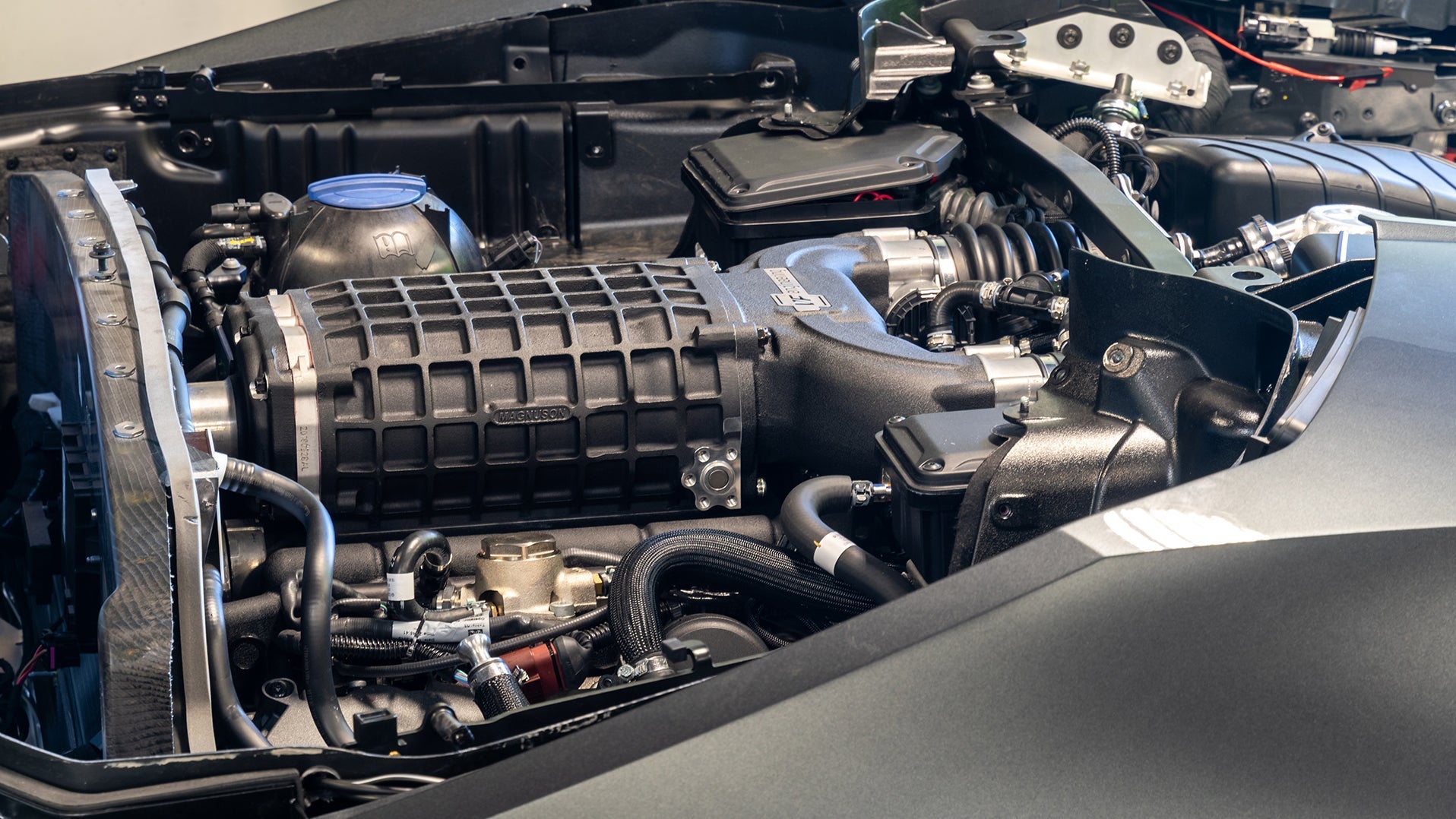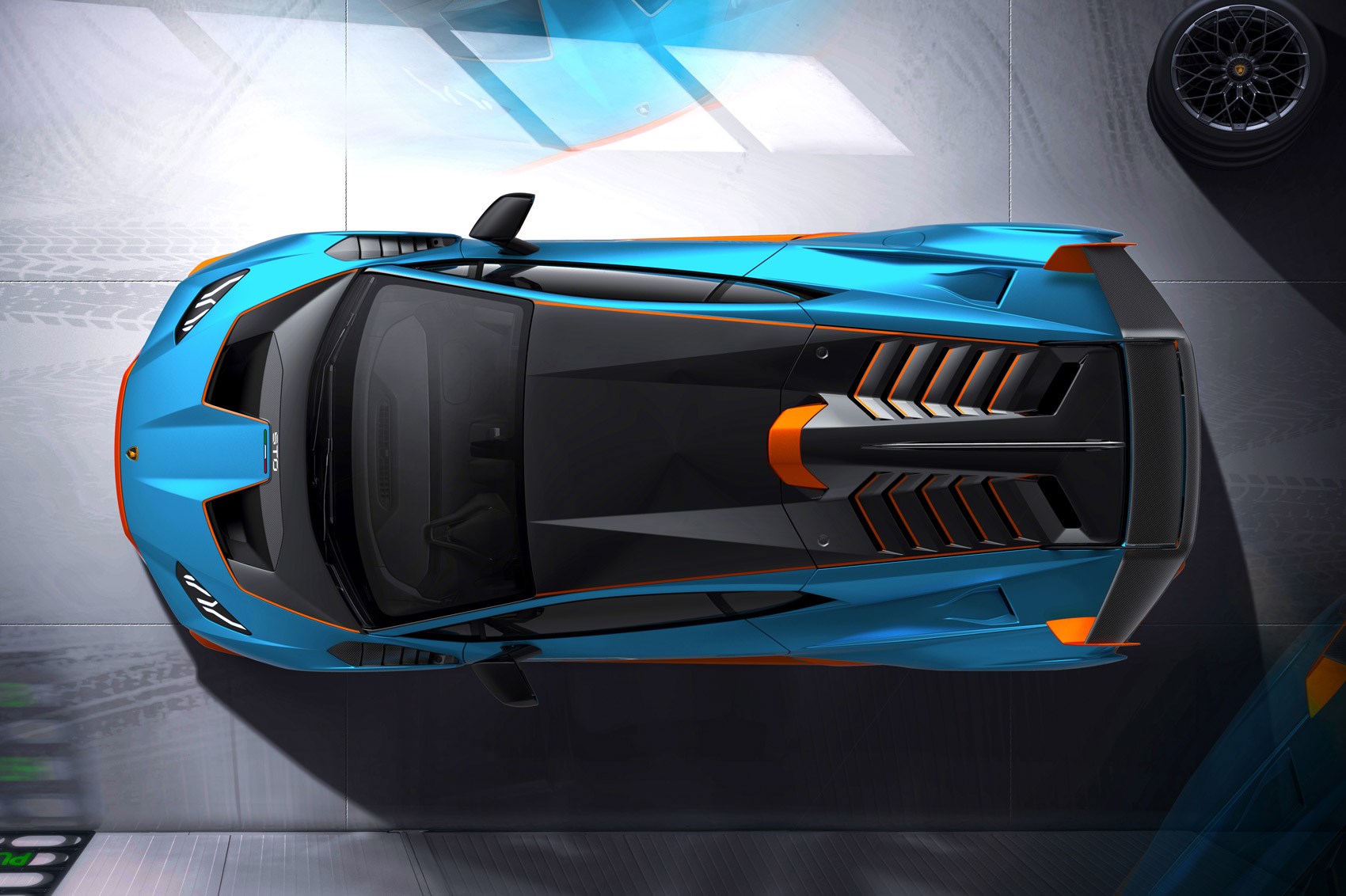1. Introduction
Lamborghini Huracán Engine Cooling System Performance:The Lamborghini Huracán is a masterpiece of engineering, blending raw power with precision design. With a naturally aspirated V10 engine capable of producing upwards of 630 horsepower, keeping that powerhouse cool is a critical aspect of ensuring both performance and reliability. In high-performance vehicles like the Huracán, the engine cooling system plays a pivotal role in managing heat generated during extreme acceleration, high speeds, and prolonged track use. This article delves into the performance of the Lamborghini Huracán’s engine cooling system and its vital role in maintaining the car’s peak capabilities.
2. Engine Specifications

At the heart of the Lamborghini Huracán is a 5.2-liter V10 engine, generating between 602 and 631 horsepower, depending on the model. It operates at high temperatures, especially during peak performance, due to the sheer output and the nature of the engine. With such a powerful engine comes the inherent challenge of heat management, particularly when the vehicle is driven at high RPMs, pushed through corners on the track, or in prolonged high-temperature conditions. The cooling system must efficiently dissipate the heat to maintain engine stability and performance.
3. Cooling System Design
The cooling system in the Huracán is a sophisticated integration of components designed to regulate engine temperature under all conditions. The car uses dual front-mounted radiators that work in conjunction with a central air conditioning system. Multiple heat exchangers, coolant pumps, and airflow ducts ensure that the engine remains within its optimal operating temperature range.
Lamborghini has employed advanced lightweight materials for heat dissipation, including aluminum radiators and high-efficiency cooling fans. The coolant system is pressurized, circulating the liquid coolant through a network of hoses and radiators, where heat is dissipated into the atmosphere.
4. Airflow Management

Airflow is a critical aspect of the Huracán’s cooling performance. Lamborghini has masterfully designed the body to channel air through strategically placed intakes and scoops. These allow for maximum airflow to the radiators and engine bay, ensuring efficient cooling during high-speed driving. The front bumper, side intakes, and rear outlets all contribute to the Huracán’s ability to extract heat while maintaining aerodynamic performance.
For example, the large intakes behind the doors direct cool air to the radiators, while the vents on the rear decklid help expel hot air from the engine bay. Additionally, active aerodynamics play a role in ensuring that airflow is optimized based on speed and driving conditions.
5. Heat Management during High Performance
One of the key performance metrics for any cooling system is how it handles the engine during track conditions. Under high-performance driving, such as full-throttle acceleration or sustained high speeds, heat management becomes critical. The Huracán’s cooling system has been designed to maintain optimal engine temperatures, even in the most demanding conditions.
Thermal stability is a key factor in ensuring that power output remains consistent. A well-regulated cooling system prevents the phenomenon of “heat soak,” where an engine loses power as internal components become too hot. Lamborghini’s focus on performance means that the Huracán’s cooling system can mitigate heat soak, allowing for sustained peak performance during track sessions.
6. Cooling System in Different Models

The cooling system’s performance is tailored across different Huracán models, with variations made to accommodate their specific performance needs. For example, the track-focused Huracán STO benefits from additional cooling solutions, such as improved air circulation through the engine bay and a redesigned front splitter to maximize airflow.
The Huracán Performante also features enhanced cooling capabilities, with its active aerodynamics system aiding in directing cool air to critical components. In contrast, the Huracán EVO models, particularly the RWD variant, emphasize a balance between road and track performance, with a focus on maintaining cooling efficiency during dynamic driving scenarios.
7. Engine Cooling under Extreme Conditions
Extreme conditions, such as driving in high ambient temperatures or during extended track sessions, present additional challenges to any cooling system. Lamborghini has tested the Huracán extensively under these conditions, ensuring that the cooling system performs optimally.
Data from track tests show that even in environments where temperatures exceed 100°F (37°C), the Huracán’s cooling system can maintain engine temperature within safe limits. The use of multiple radiators and heat exchangers, along with high-flow cooling fans, ensures that the car can handle such conditions without sacrificing performance.
8. Comparison with Competitors

When compared to rivals like the Ferrari 488 or McLaren 720S, the Lamborghini Huracán stands out for its naturally aspirated engine, which requires a slightly different cooling strategy than turbocharged engines. Turbocharged engines, like those in the Ferrari and McLaren, produce additional heat from the turbos, requiring more robust cooling solutions. The Huracán’s advantage lies in its simpler, more direct cooling system, which has fewer components prone to overheating, such as intercoolers.
That said, both Ferrari and McLaren have their own advanced cooling technologies, and each has its strengths. The Huracán’s system, however, offers excellent reliability and consistency, especially in terms of thermal management during prolonged use.
9. Technological Innovations
Lamborghini has not shied away from employing cutting-edge technology in the Huracán’s cooling system. From the use of advanced heat exchangers to high-performance radiators, the system is optimized for peak efficiency. Furthermore, the use of lightweight materials like aluminum reduces the weight of the system, helping to balance performance with efficiency.
Future iterations of the Huracán and other Lamborghini models may see the introduction of hybrid or electric cooling systems, further enhancing heat management in high-performance environments.
10. Maintenance and Reliability of the Cooling System

A well-maintained cooling system is essential for the long-term performance of the Huracán. Lamborghini recommends regular inspections of the cooling system, ensuring that coolant levels are maintained and that radiators and fans are free of debris. Additionally, replacing coolant at recommended intervals ensures that the engine remains protected from overheating and corrosion.
The Huracán’s cooling system has proven to be reliable, with very few reported issues. However, as with any high-performance vehicle, regular maintenance is key to preventing potential overheating or cooling system failure.
11. Conclusion
The Lamborghini Huracán’s engine cooling system is a critical component in preserving its performance, especially in high-demand situations. By employing advanced design elements, lightweight materials, and intelligent airflow management, Lamborghini ensures that the Huracán can sustain its power and reliability even under the most extreme conditions. In the world of supercars, effective engine cooling not only maximizes performance but also ensures the longevity of the vehicle, making the Huracán a true testament to Lamborghini’s engineering prowess.
FAQs about Lamborghini Huracán Engine Cooling System Performance
1. What type of cooling system does the Lamborghini Huracán use?
The Huracán utilizes a liquid cooling system with dual front-mounted radiators, high-efficiency cooling fans, and a network of coolant pathways to manage engine temperature.
2. How does the Huracán manage heat during high-speed driving?
The cooling system integrates advanced airflow management, using strategically placed air intakes, scoops, and vents to direct cool air to critical areas like the engine bay and radiators. Additionally, active aerodynamics help optimize airflow based on driving conditions.
3. Is there a difference in the cooling system between the Huracán EVO and STO models?
Yes, track-oriented models like the Huracán STO feature enhanced cooling systems, including improved air circulation and upgraded heat dissipation components, compared to the road-focused EVO models.
4. What is heat soak, and how does the Huracán prevent it?
Heat soak occurs when an engine’s temperature rises to the point where it affects performance, often leading to a loss of power. The Huracán’s cooling system prevents heat soak by maintaining optimal engine temperatures, even during prolonged high-performance driving.
5. How often should the Huracán’s cooling system be serviced?
Lamborghini recommends regular inspections of the cooling system during scheduled maintenance, including checking coolant levels, inspecting radiators for debris, and replacing coolant at manufacturer-specified intervals.
6. Does the Huracán have a special cooling system for extreme climates?
While the Huracán is designed to perform well in various conditions, including high ambient temperatures, it doesn’t have a specific “extreme climate” package. However, its cooling system has been tested to maintain efficiency in extreme heat, such as desert environments or prolonged track use.
7. How does the Huracán’s cooling system compare to turbocharged competitors like the Ferrari 488?
The Huracán’s naturally aspirated engine requires less complex cooling than turbocharged engines, which produce additional heat from turbos. Lamborghini’s system is simpler, but highly efficient, offering consistent cooling without the added complexity of turbo intercoolers found in competitors.
Tips for Maintaining and Optimizing the Lamborghini Huracán’s Cooling System
1. Regular Coolant Checks
- Always ensure the coolant levels are topped up to the manufacturer’s recommended level. Low coolant can result in overheating, especially during high-performance driving.
2. Inspect Radiators for Debris
- The Huracán’s radiators are positioned to maximize airflow, but this also makes them susceptible to debris buildup. Regularly inspect and clean the radiator area to ensure unrestricted airflow for optimal cooling.
3. Monitor Engine Temperature
- Keep an eye on the engine temperature gauge, especially during track use or in extreme weather conditions. If the temperature exceeds normal operating levels, it’s best to cool down the car before pushing it further.
4. Use High-Quality Coolant
- Always use manufacturer-recommended coolant to ensure the best performance and protection for your engine. Lamborghini specifies certain coolants for the Huracán that are designed to handle high thermal loads.
5. Consider Aftermarket Upgrades for Track Use
- If you regularly take your Huracán to the track, consider upgrading to higher-capacity radiators or adding an oil cooler to improve heat management during prolonged high-performance sessions.
6. Regular Maintenance
- Stick to Lamborghini’s recommended maintenance schedule. Regular inspections and timely replacements of cooling system components such as hoses, fans, and pumps will prevent any potential failures or overheating issues.
7. Avoid Prolonged Idle in Hot Weather
- Prolonged idling in hot weather can cause the engine to heat up unnecessarily. If possible, turn off the engine during long stops, especially in high-temperature environments.
8. Check Active Aerodynamics Functionality
- Ensure that the active aerodynamic elements of the Huracán are functioning properly. If these systems are impaired, airflow to the radiators may be compromised, leading to less efficient cooling.
